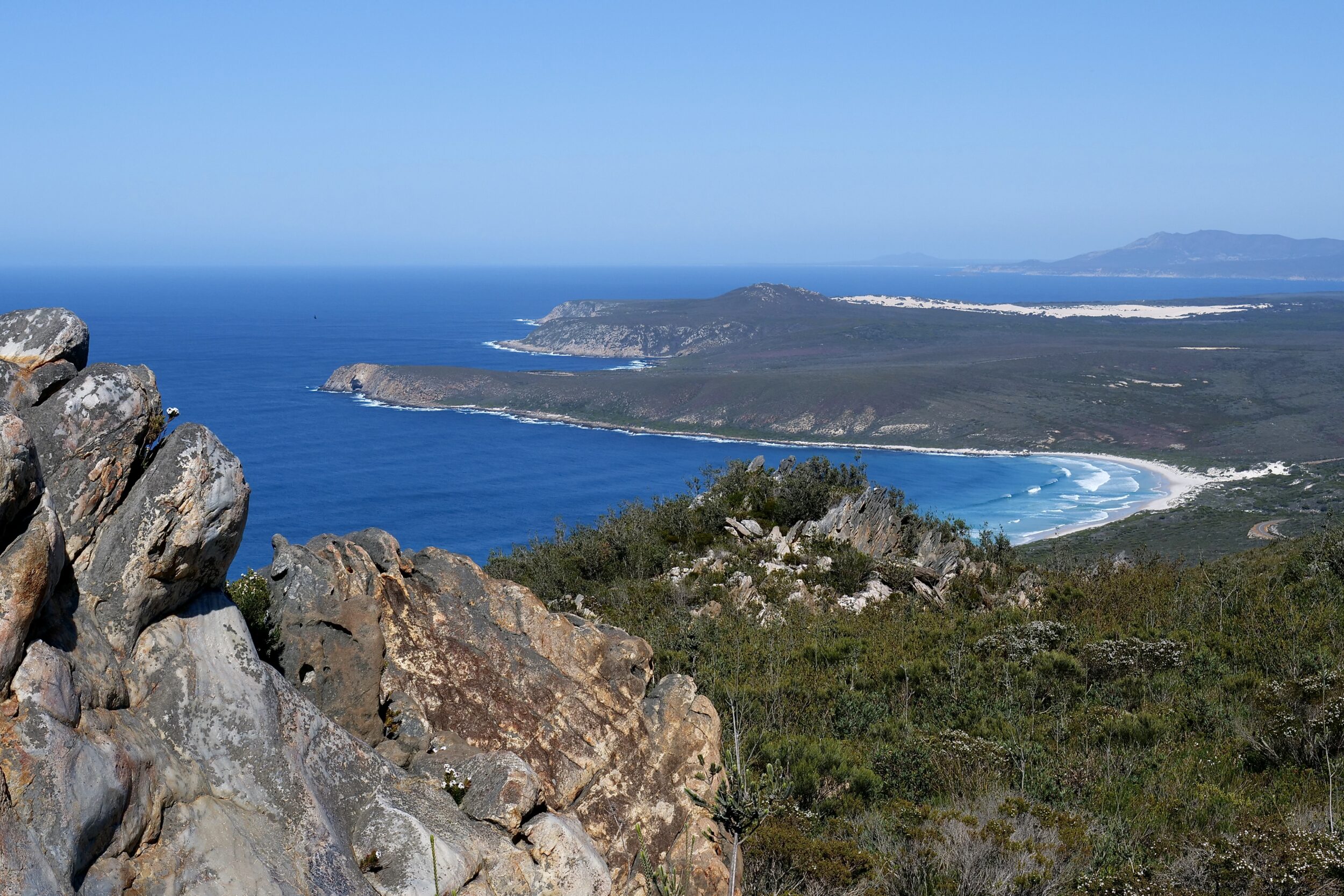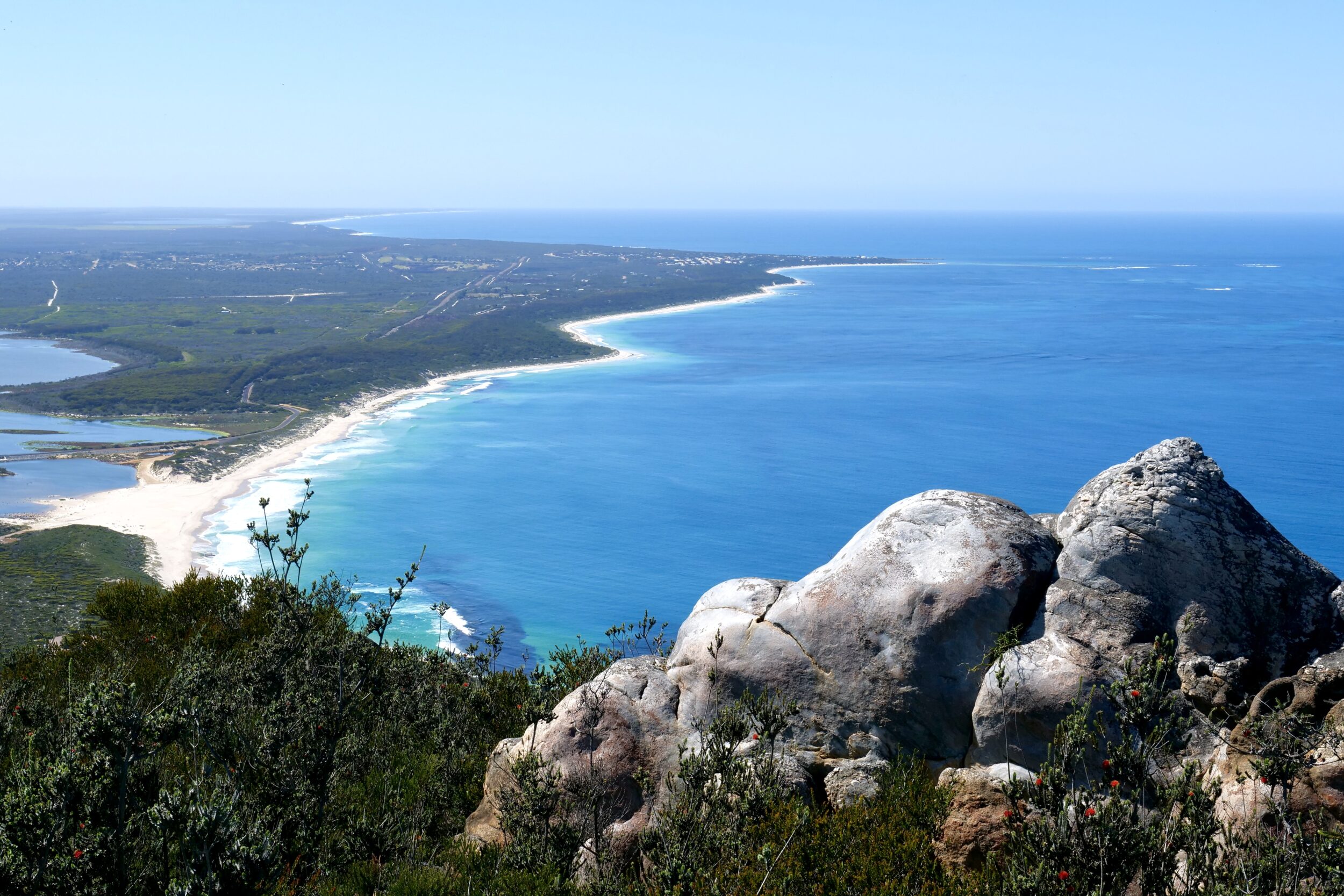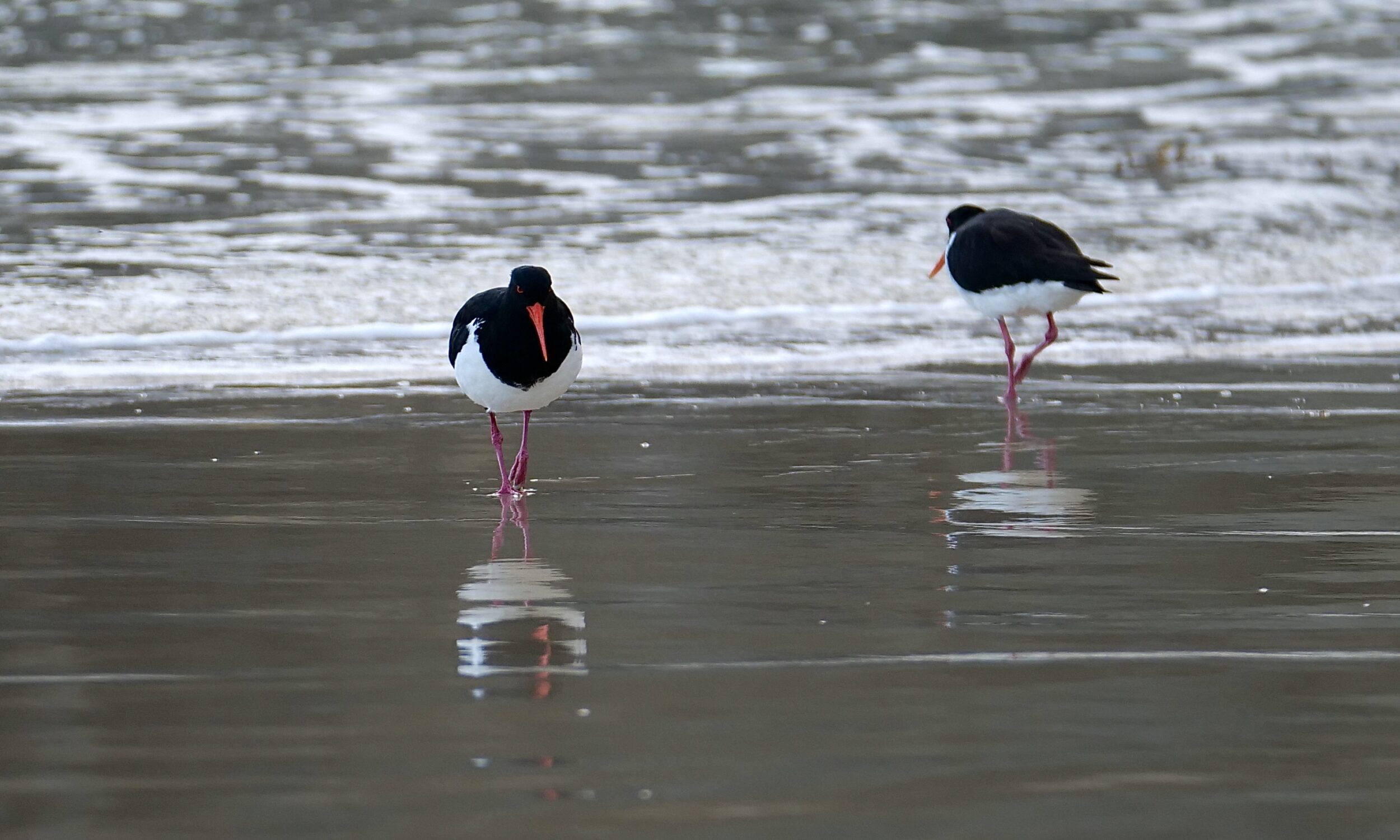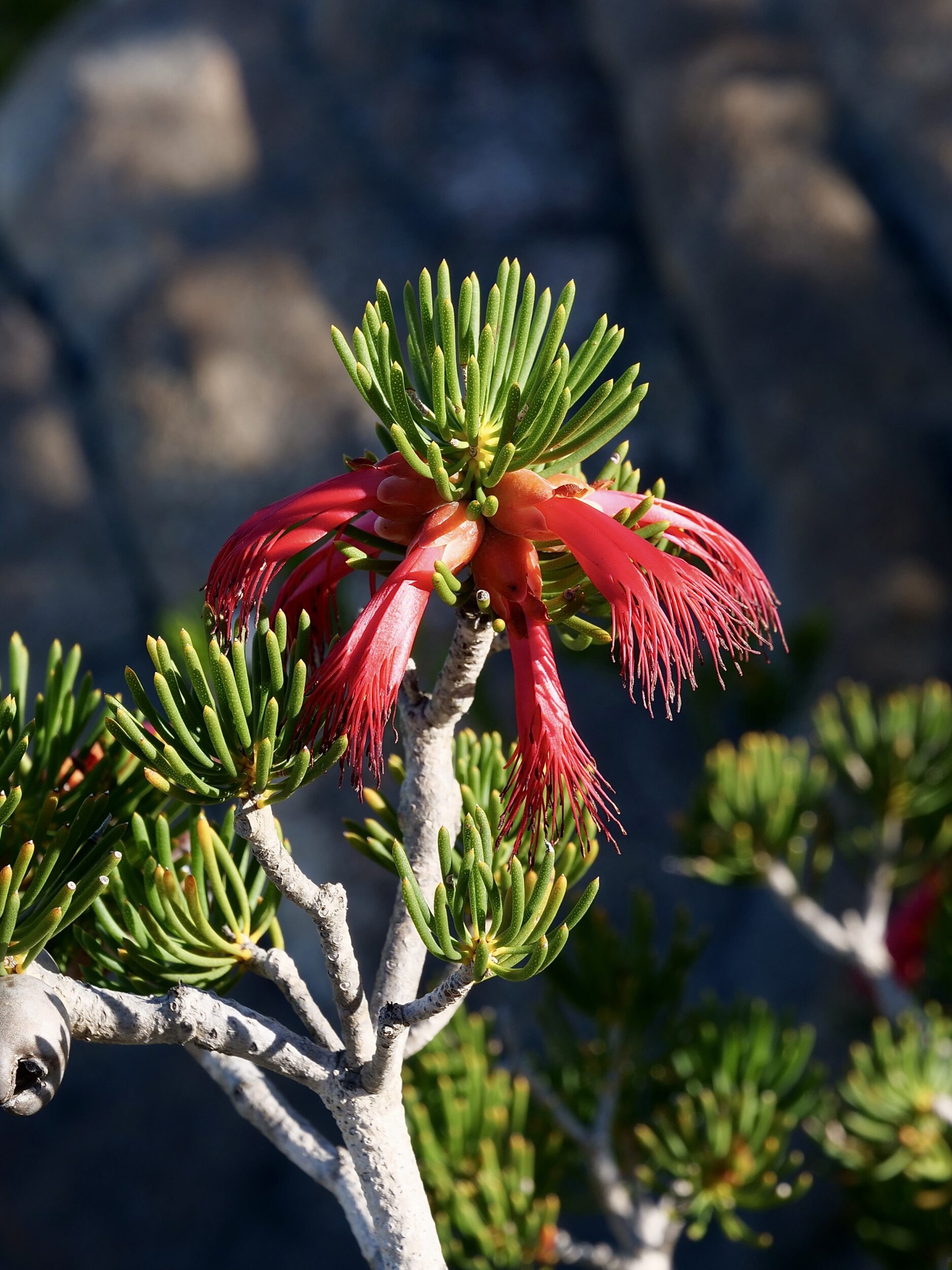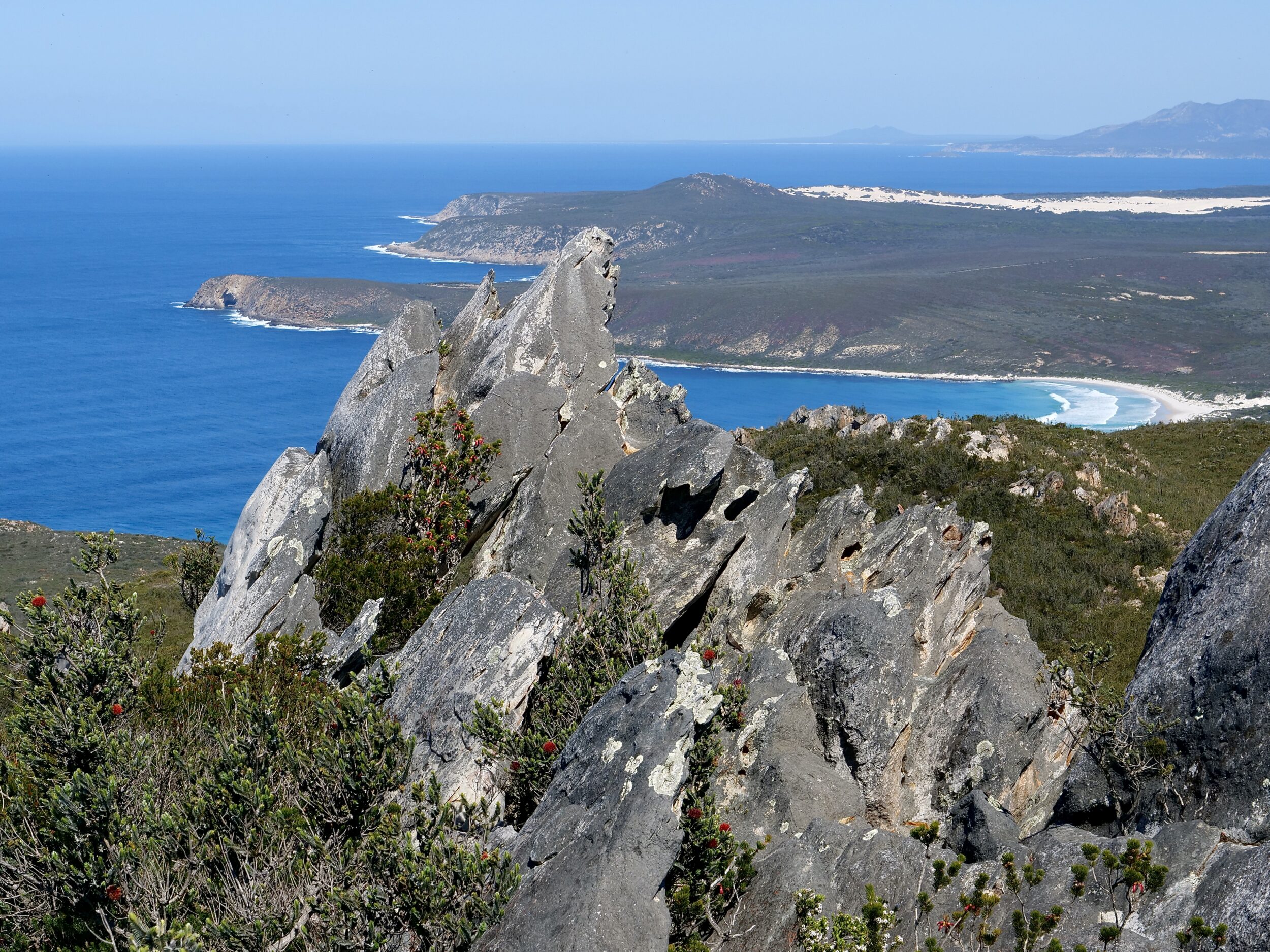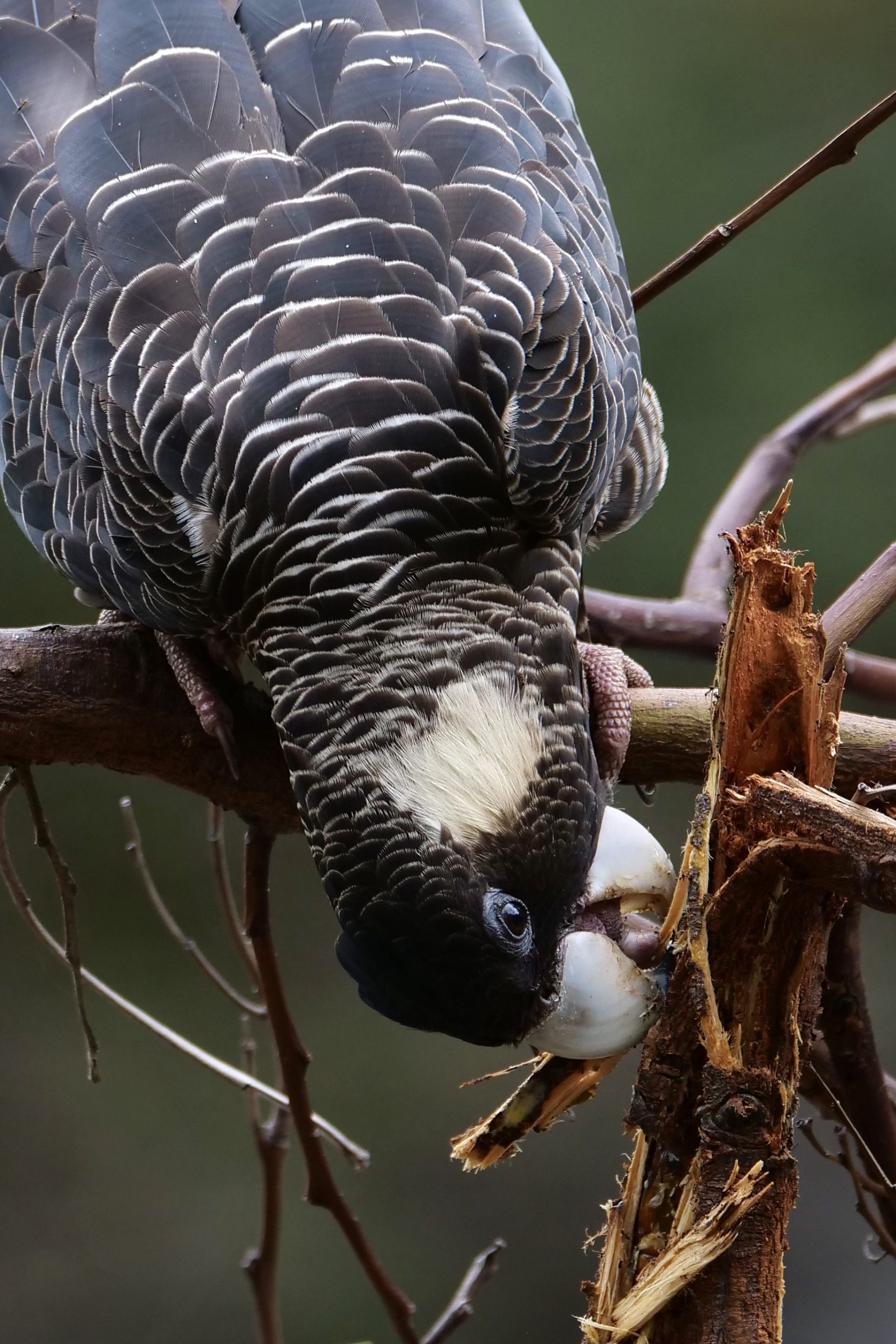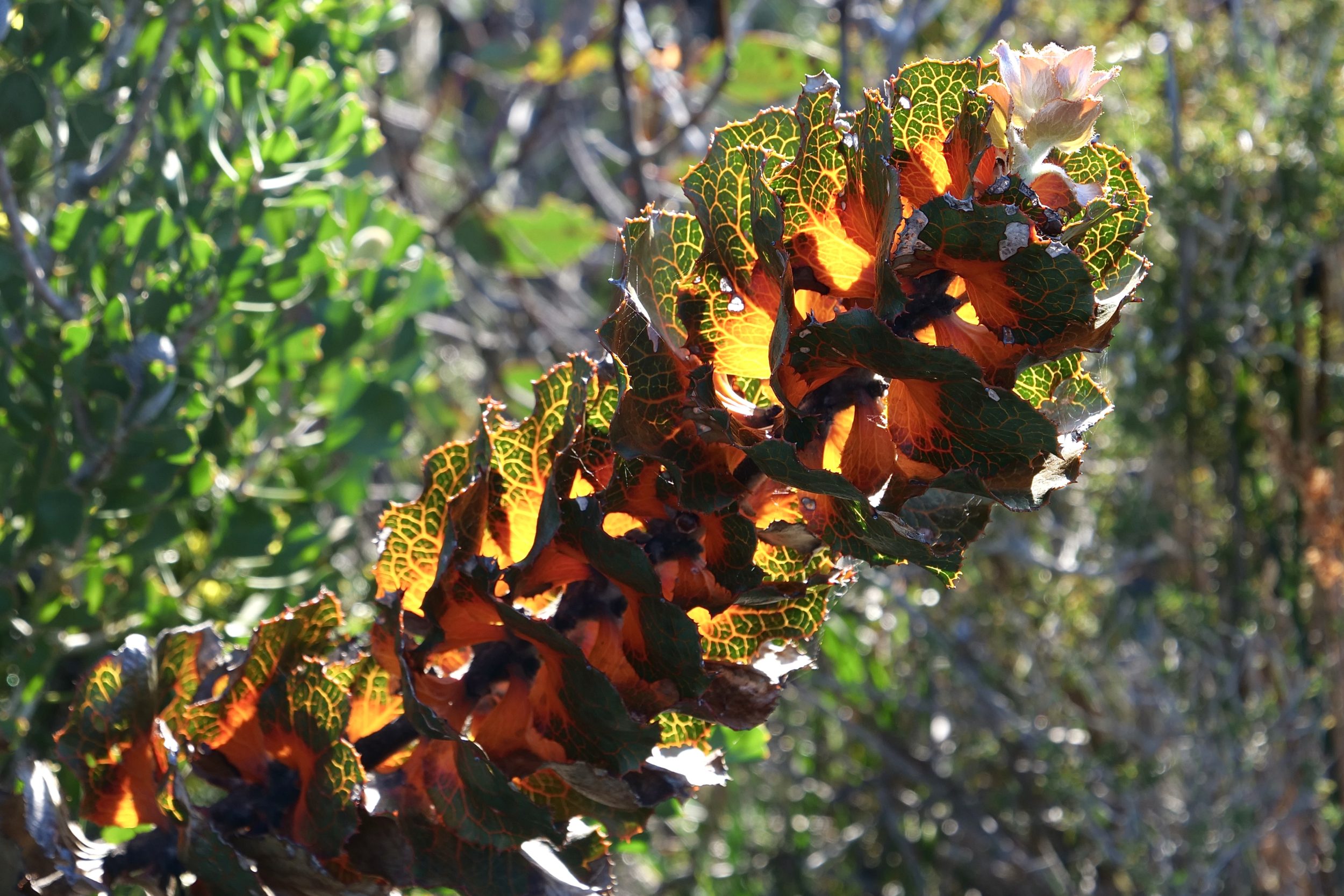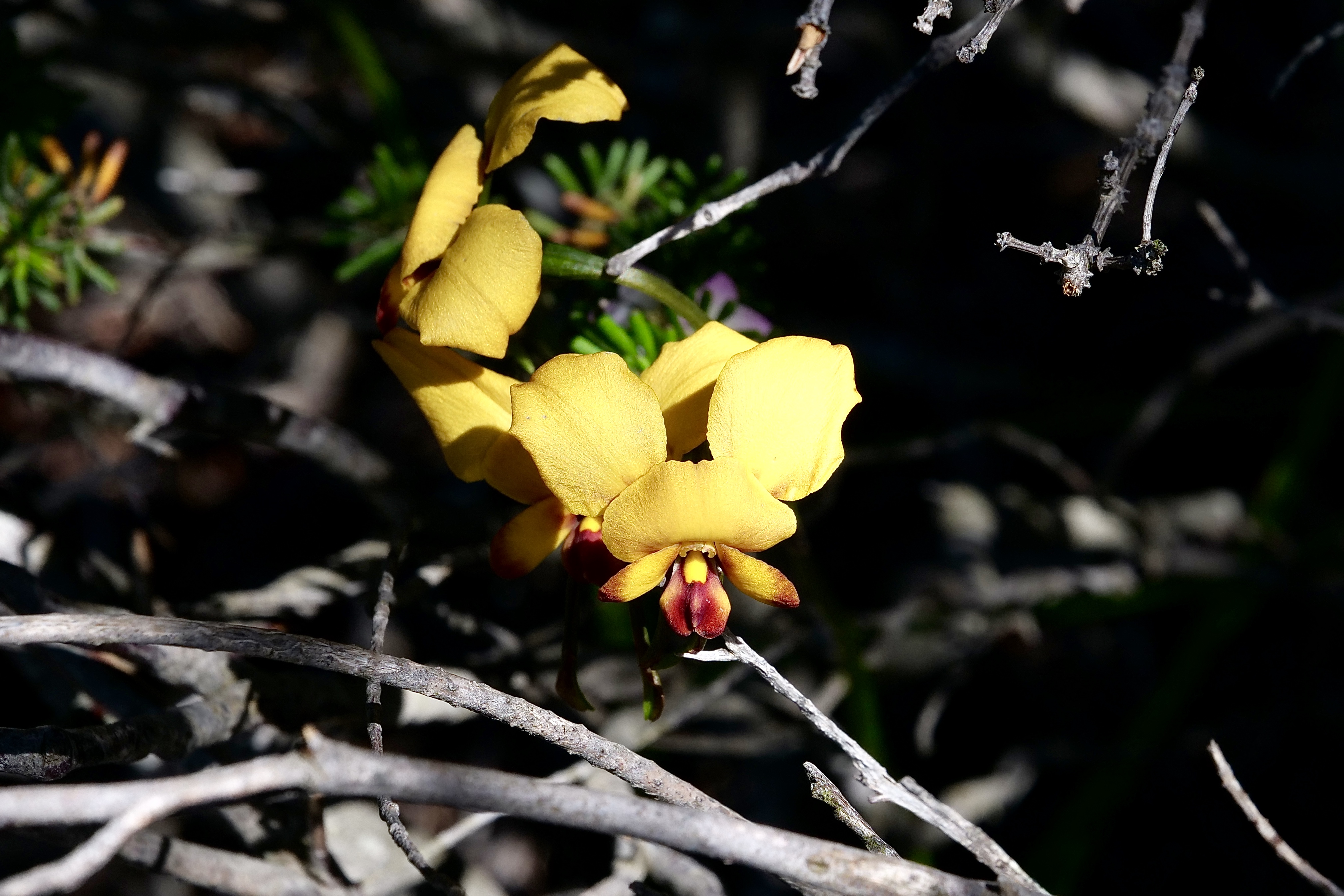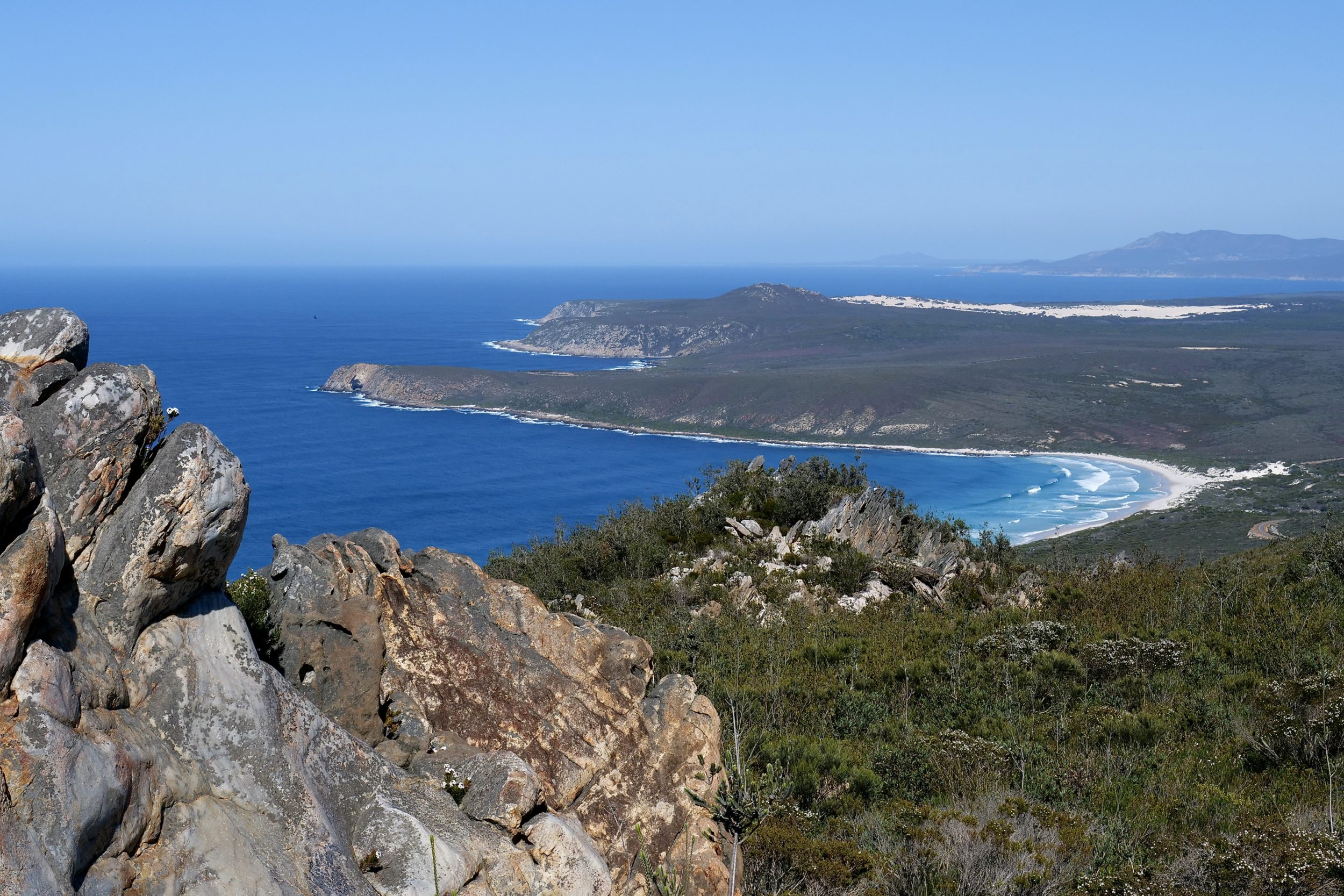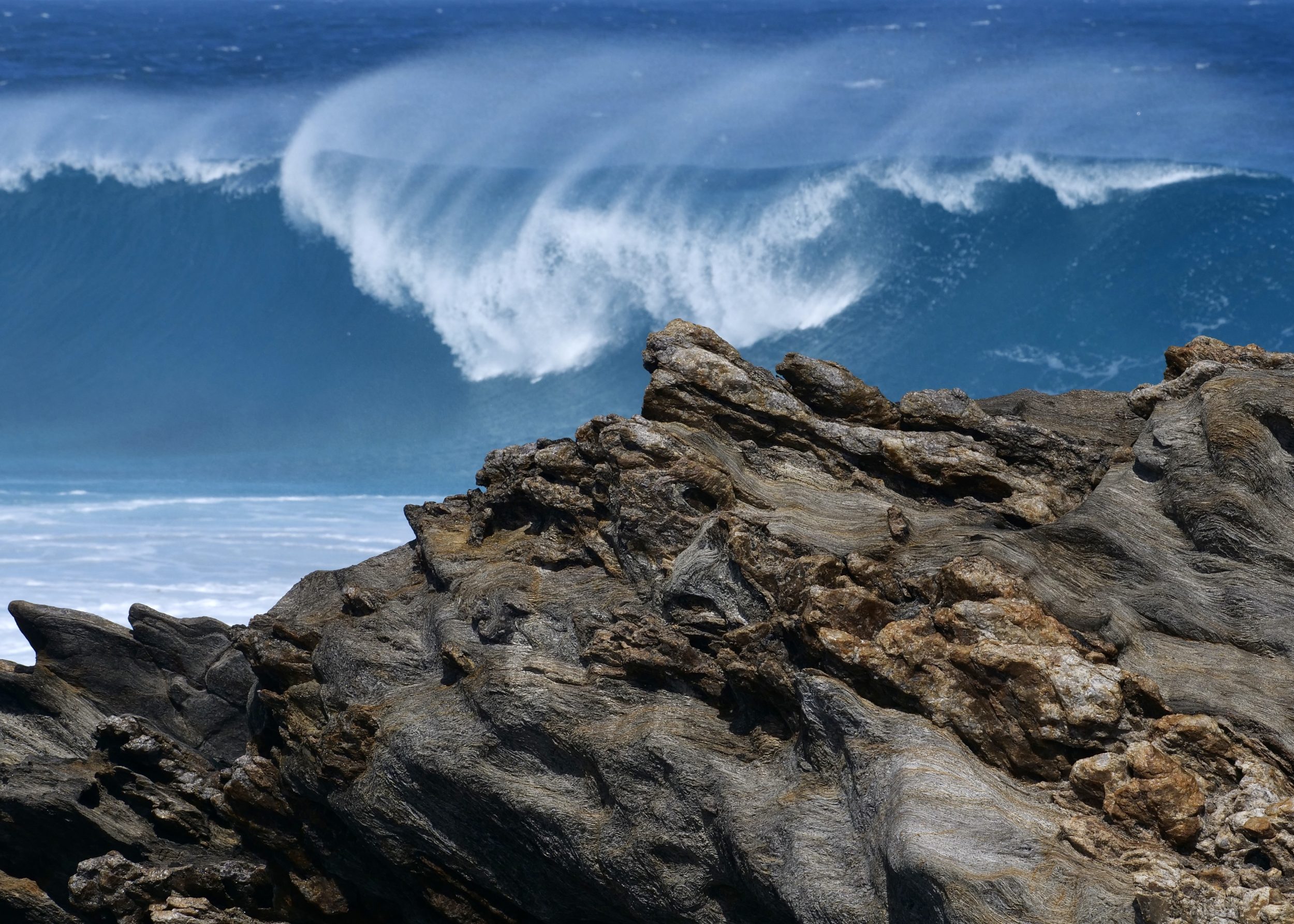Sitting 450 metres ASL, atop Mount Barren at 9:43 am on 21 September 2021, all land within my westward field of a view – and very much more, well beyond it – was part of Fitzgerald River National Park.
To the west, the nearest coastal town was Bremer Bay, just outside the National Park’s western boundary.
Were I able to fly, Bremer Bay would be 80 kilometres distant from my vantage point.
By road, the distance is nearly twice that – the near-coast road only extends a few kilometres west of East Mount Barren
Comments closed